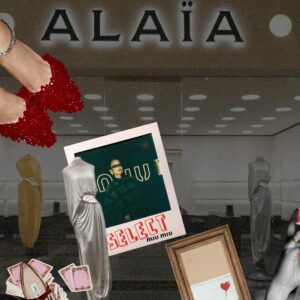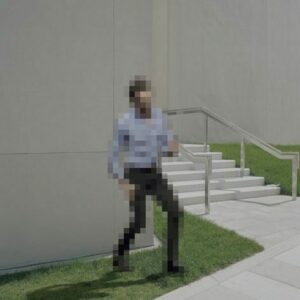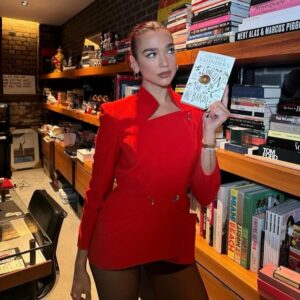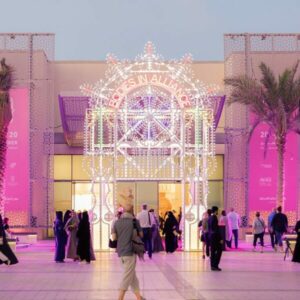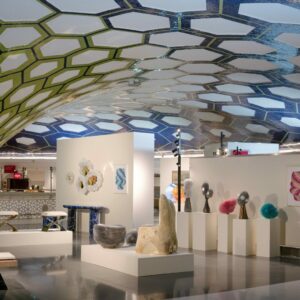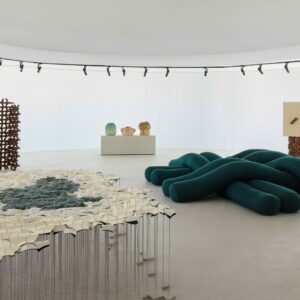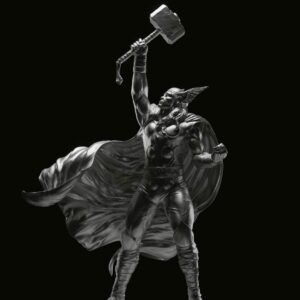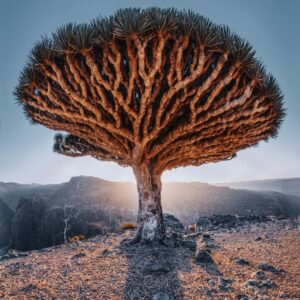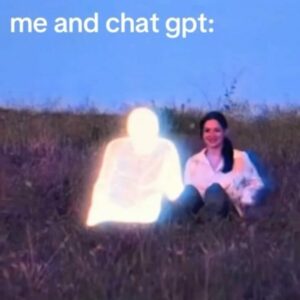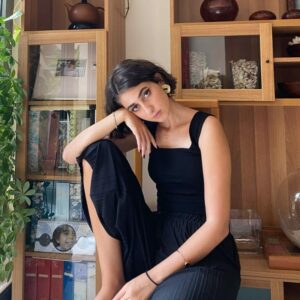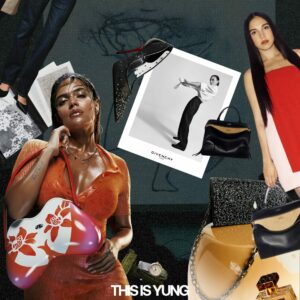Accra-based photographer Nana Yaw Oduro (Instagram) doesn’t just capture images—he orchestrates emotions. Blending fiction with personal narratives, he transforms everyday scenes into poetic self-portraits, using colour, space, and carefully chosen subjects to tell deeply personal stories. His compositions exist in a dreamlike in-between—rooted in reality yet untethered from time or place. Whether bold and vibrant or stark in monochrome, his work thrives on instinct, curiosity, and an unfiltered imagination. With international recognition and a growing list of accolades, Nana Yaw Oduro continues to redefine photography through his lens, proving that inspiration is everywhere.

Nana Yaw Oduro, welcome. Your photographic journey began in 2017, shortly after graduating from the University of Ghana. What sparked your interest in photography, and how has your approach to the craft evolved since then?
Growing up, I always felt I had so much to express. It was predominantly in the form of poetry when I found a voice to share my feelings. I decided to make it more visual and that’s when I fell into photography because I believed it had all the elements to allow me to create as close to the ideas I had as possible over all other art media. Truth is, even during my university days I was creating with the little time I could get, though not as much.
My approach to my craft hasn’t changed much since then. I’d say I’ve grown more intentional and dedicated to the craft so I’m able to capture emotions the closest to how I actually feel them.

Your work features fictional self-portraits, with models portraying biographical roles. How do you craft emotional narratives in your photography, and what’s your process for bringing these stories to life?
I always say I would love to photograph myself but that’s not really feasible so to get and capture the best result, I shoot a lot of people who are close to me because I believe they are the ones that best look like me, have similar or shared experiences, and may understand the vision well. Also it has got to do with comfort and connection. I just allow them to be themselves without so much interference because as I seek to capture myself through them, I capture THEM as well. I see myself more in them than I would a stranger. With close people, family and friends, it’s not too much work for them to understand the moments and emotions I seek to get. Not to say I don’t shoot strangers at all.

How do you choose your settings, and what significance do they hold in conveying the stories you wish to tell?
Scenery is very important to me because at the core of my practice, I’m expressing my experiences and my set adds to the portrayal of that. Some of my ideas even come from chancing upon a scene first. So for my practice, choosing or building a set is very crucial because they add so much to conveying the message I seek to share with the image.
This takes two forms. Sometimes I find the perfect scene and in other cases, I create the set by inviting a few additional props to fit what I want and create the perfect scene for the idea.

As a photographer based in Accra, how does your environment influence your creative process and the stories you choose to tell through your images?
My environment, I believe has had a massive impact on me because I shoot to express myself, how I feel. My experiences and everything I am and know, I think has been shaped by my surroundings. The way of life of the people, the way I was brought up, the colourful scenery, what I have grown to see, consume, hear has impacted and shaped everything I am and embody.


Can you share any memorable experiences or moments from your photographic journey that have had a significant impact on your artistic vision or approach?
Absolutely. I would say two experiences. With the first not being visual, but writing. The poet Charles Bukowski; discovering his whole artistry gave me absolute confidence because he was unconventional, which taught me to kill the idea that art is supposed to be a certain kind of way, but to go all the way to create what I feel and want to express.
And the last being very recent. A work I created in Paris for COTY which was a new experience for me that challenged my capabilities because I had to do more practical work than usual.

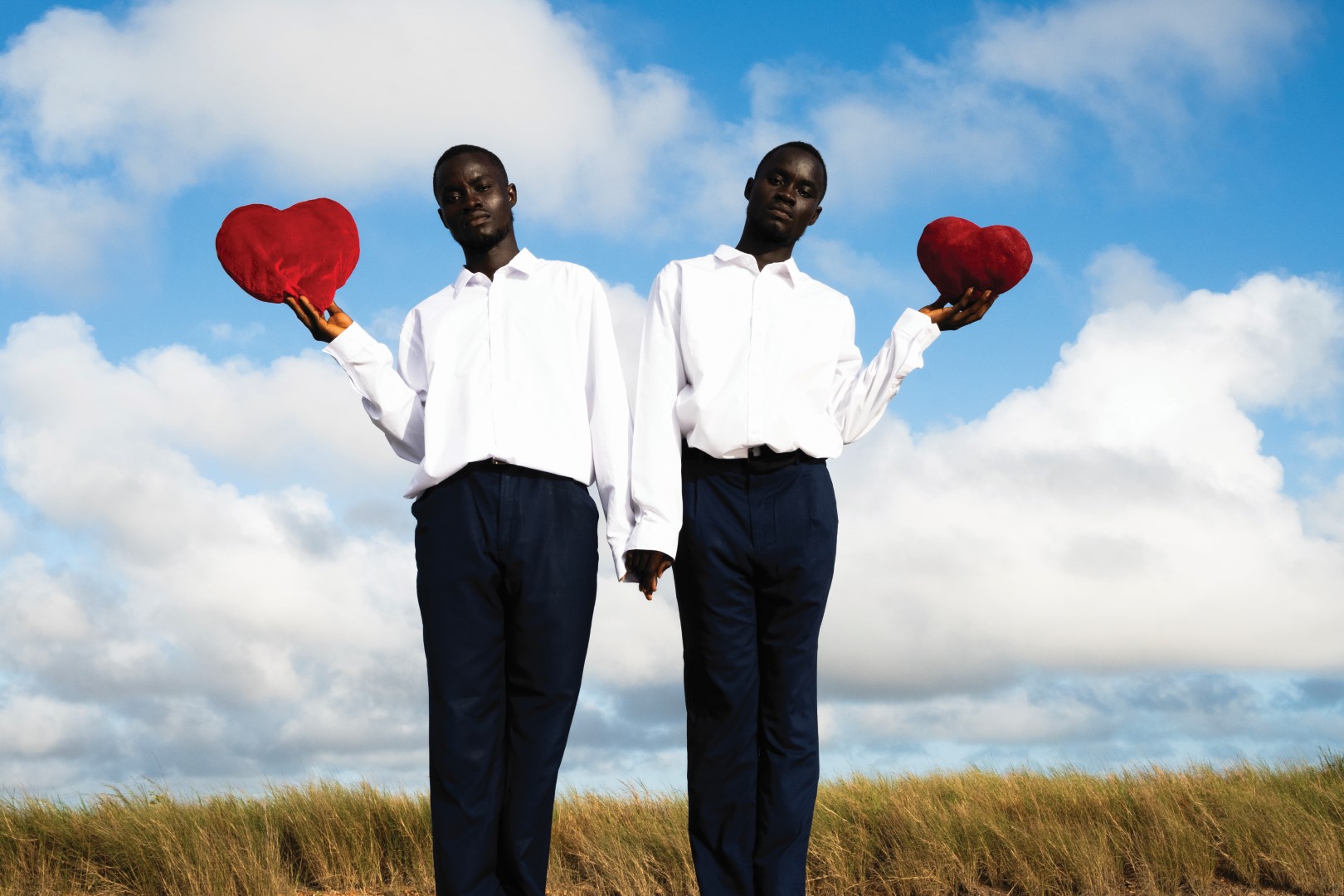
What’s the most unusual or unexpected location you’ve ever taken a photograph in?
That would be a body of water covered with beautiful common duckweed believed to be a habitat for some wild animals. I needed to shoot there because the scene had everything to make my idea whole and also the fact that it was a perfect natural set.

For more stories of regional art and culture, like this interview with Nana Yaw Oduro, visit our dedicated archives.

